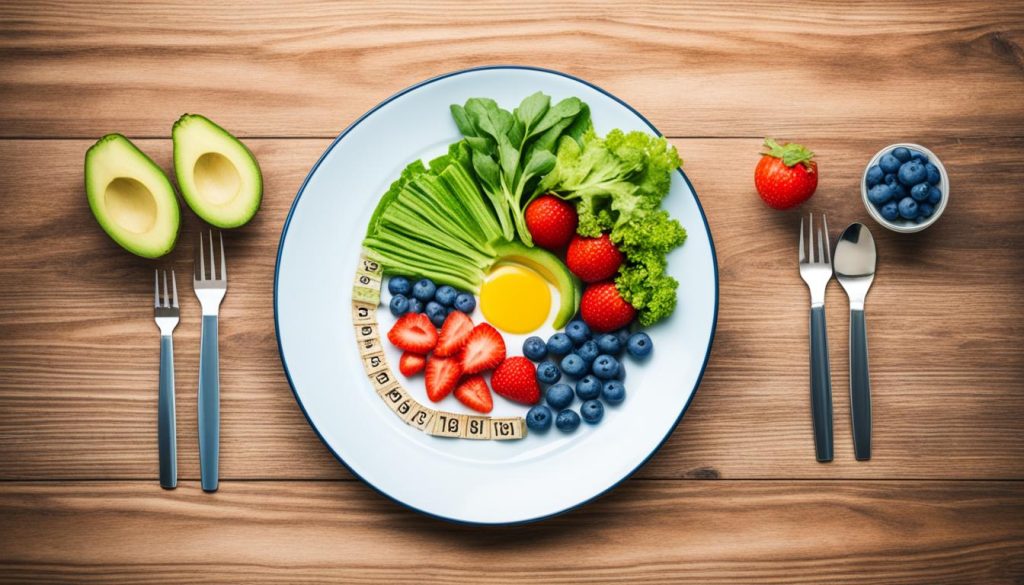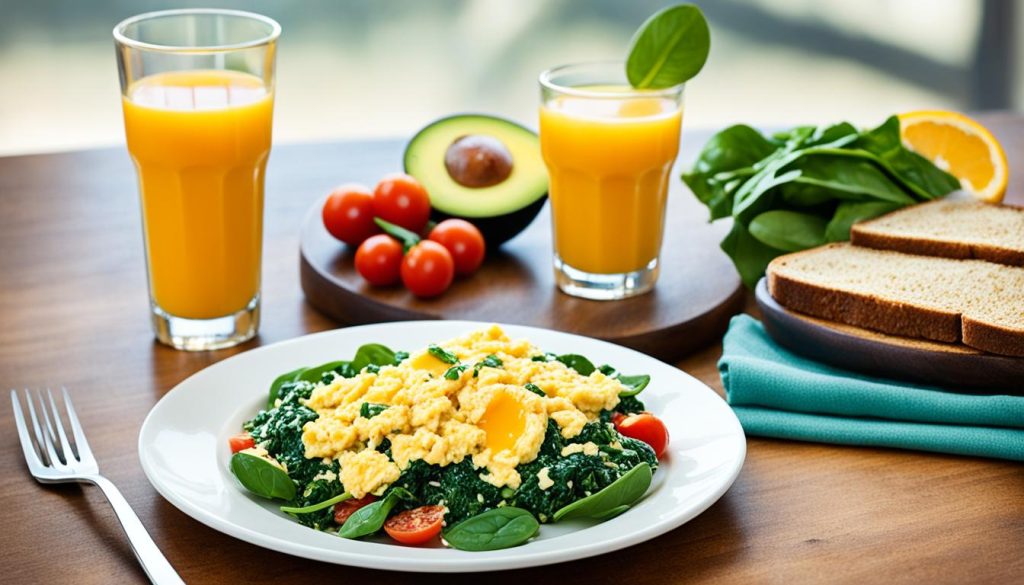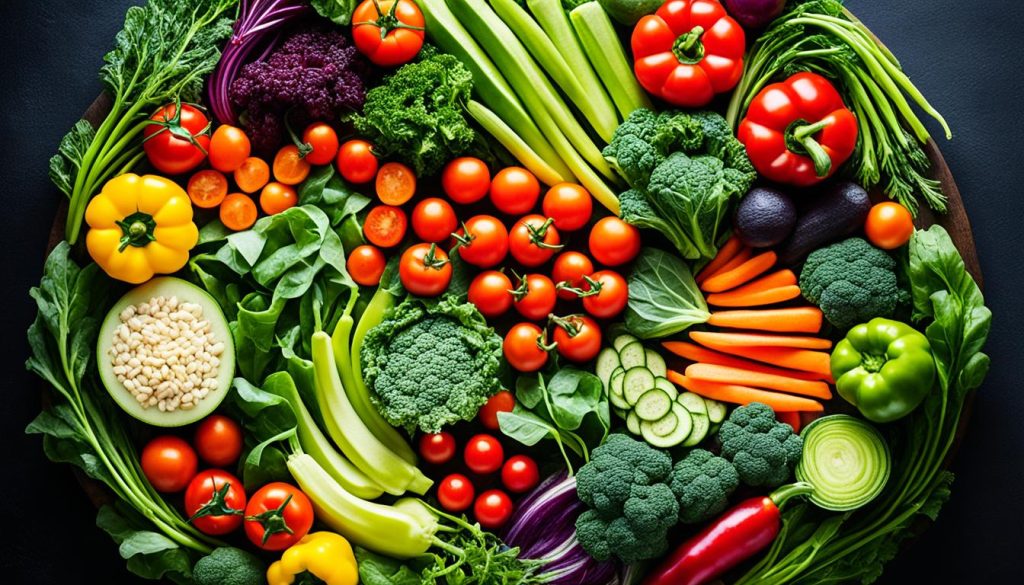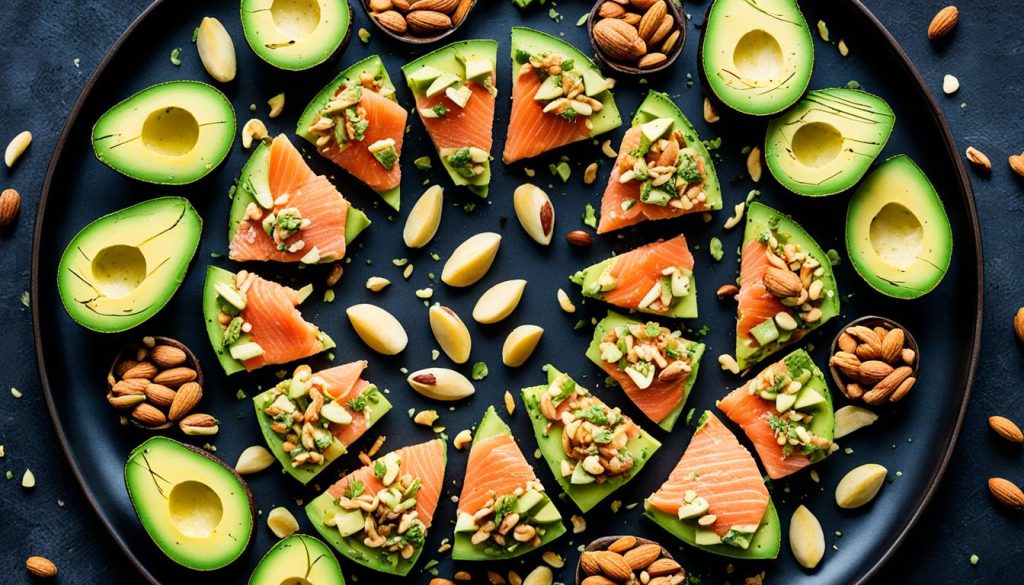Before embarking on a weight loss journey, it’s important to prioritize healthy and sustainable methods. Losing a stone (14 pounds) in just four weeks is a big goal and may not be considered safe by health organizations. However, it is possible to achieve this with changes to your diet and regular exercise.
A calorie deficit, in which you burn more calories than you consume, is essential for weight loss. Consuming a steady intake of protein-rich foods, having a protein-rich breakfast, filling your plate with vegetables, adding good fats to your meals, practicing portion control, and making time for regular exercise can all contribute to losing a stone in a month.
Can You Lose a Stone in a Month?
Yes, it is possible to lose a stone in a month with changes to your diet and regular exercise. However, it is important to note that losing that amount of weight in such a short time may not be considered safe by health organizations. It is generally recommended to lose 1-2 pounds per week for sustainable weight loss. Losing weight too quickly can lead to muscle and water weight loss rather than fat loss, and may also put you at risk of nutrient deficiencies. Prioritize healthy and sustainable weight loss methods over quick fixes.
When aiming for a significant amount of weight loss, it’s crucial to adopt a long-term and holistic approach to your journey. Instead of focusing solely on shedding pounds quickly, consider implementing healthy lifestyle changes that you can maintain in the long run.
Keep in mind that weight loss is not only about the number on the scale but also about improving your overall health. Sustainable weight loss involves making healthier food choices, increasing physical activity, managing stress levels, and getting adequate rest.
While the desire to lose weight quickly is understandable, it’s important to set realistic goals and approach weight loss in a way that aligns with your overall well-being. By adopting healthy habits and making gradual, sustainable changes to your lifestyle, you can achieve your weight loss goals in a safe and effective manner.
In the next section, we will dive deeper into finding your calorie deficit and its role in weight loss.
How to Lose a Stone in a Month?
Find Your Calorie Deficit
To achieve weight loss, it is important to create a calorie deficit by burning more calories than you consume. This can be done through a combination of exercise and adjusting your daily calorie intake. The calorie deficit needed for weight loss can vary from person to person, but research suggests that a deficit of around 500 to 750 calories per day is effective for sustainable weight loss.
To determine your own calorie deficit, you can use a calorie calculator, which takes into account factors such as age, gender, weight, and activity level. By inputting this information, the calculator will provide you with an estimate of the calories you need to consume to maintain your current weight. From there, you can adjust your calorie intake to create a deficit that aligns with your weight loss goals.
It’s important to note that a larger calorie deficit does not necessarily mean faster weight loss. Drastically reducing your calorie intake can actually be counterproductive, as it may lead to muscle loss and a slower metabolism. Sustainable weight loss is about finding the right balance between calorie reduction and maintaining a healthy, nutrient-rich diet.
By finding your calorie deficit and monitoring your progress, you can make adjustments as needed to achieve your weight loss goals. Remember, patience and consistency are key when it comes to successful and sustainable weight loss.

Have a Protein-Rich Breakfast
Starting your day with a protein-rich breakfast can be a game-changer when it comes to weight loss. Protein is a macronutrient that is known for its satiating effect, helping you stay fuller for longer and reducing the temptation to snack mid-morning.
When planning your breakfast, make sure to include protein sources such as eggs, lean meats, dairy products, and protein powders. These options can provide you with the necessary nutrients to support your weight loss efforts while keeping you satisfied.
Swap out high-carbohydrate breakfast choices for protein-rich alternatives to maintain a calorie deficit. For example, you can enjoy scrambled eggs on wholegrain bread or a bowl of porridge with added protein powder. These substitutions not only provide you with essential protein but also keep you feeling full and energized throughout the day.
Remember, a protein-rich breakfast is just one piece of the weight loss puzzle. It is important to combine it with a balanced diet, regular exercise, and other healthy habits for effective and sustainable results.

Fill Your Plate with Vegetables
Incorporating a variety of vegetables into your meals is crucial for weight loss. Not only are vegetables low in calories, but they are also packed with fiber, making them a fantastic addition to your diet. Fiber is a key macronutrient known for its ability to provide a feeling of fullness, preventing overeating and supporting weight loss efforts.
When aiming to lose weight, it’s recommended to fill at least half of your plate with vegetables. Focus on including leafy greens, such as spinach and kale, as well as other low-carb options like broccoli and zucchini. These vegetables are not only nutritious but also help you stay within your calorie deficit while providing your body with essential nutrients.
To give you an idea of the low-calorie nature of vegetables, let’s take a look at the nutritional content of some common options:
| Vegetable | Calories (per 100g) | Fiber (per 100g) |
|---|---|---|
| Spinach | 23 | 2.2g |
| Kale | 49 | 2g |
| Broccoli | 34 | 2.6g |
| Zucchini | 17 | 1g |
As you can see, these vegetables are not only low in calories but also provide a decent amount of fiber per serving. This combination can help keep you satisfied and prevent unnecessary snacking or overeating.
Remember, incorporating a variety of vegetables into your meals is not only beneficial for weight loss but also for overall health. Vegetables are rich in vitamins, minerals, and antioxidants, which support your body’s proper functioning and provide numerous health benefits.

Benefits of Filling Your Plate with Vegetables:
- Low in calories: Vegetables have a low-calorie content, making them a great choice for weight loss.
- High in fiber: The fiber in vegetables helps keep you full, prevents overeating, and supports weight loss efforts.
- Rich in nutrients: Vegetables provide essential vitamins, minerals, and antioxidants that promote overall health.
- Versatile: There are countless ways to incorporate vegetables into your meals, ensuring variety and enjoyment.
Incorporating a variety of vegetables into your daily meals is a simple yet powerful strategy for supporting your weight loss goals. So, don’t be shy when it comes to piling your plate with these nutritious and delicious veggies!
Add Good Fats to All Your Meals
Contrary to popular belief, including good fats in your meals can actually support weight loss. Good fats, such as those found in oily fish, nuts, and seeds, are essential for overall health and can help keep you feeling full and satisfied. Research has shown that a diet lower in carbohydrates but higher in healthy fats can be effective for weight loss. Including moderate portions of healthy fats in your meals, along with other nutrient-rich foods, can help support your weight loss goals.
When it comes to weight loss, it’s important to distinguish between good fats and unhealthy fats. Good fats, also known as unsaturated fats, are found in foods like avocados, olive oil, and fatty fish. They provide essential nutrients and can help promote satiety, making you feel fuller for longer. Incorporating these fats into your meals can help curb cravings and prevent overeating, ultimately aiding in weight loss.
One study published in the International Journal of Obesity found that a diet rich in good fats resulted in greater weight loss and improved body composition when compared to a diet low in fat. Another study published in the American Journal of Clinical Nutrition found that individuals following a high-fat, low-carbohydrate diet experienced greater satiety and reduced hunger compared to those on a low-fat diet.
Balancing Macronutrients for Optimal Satiety
When incorporating good fats into your meals, it’s important to maintain a balanced macronutrient profile. Along with good fats, make sure to include sources of lean protein and fibrous carbohydrates to create a well-rounded plate. This combination of macronutrients can help optimize satiety and support weight loss efforts.
Consider a meal consisting of grilled salmon, steamed vegetables, and a side of quinoa. The grilled salmon provides a healthy dose of omega-3 fatty acids, while the vegetables offer fiber and essential micronutrients. Quinoa, a complex carbohydrate, provides additional fiber and sustains energy levels. This balanced meal not only promotes satiety but also provides the necessary nutrients for overall health and well-being.
Incorporating Good Fats Throughout the Day
To ensure that you’re incorporating good fats into all your meals, consider the following options:
- Snack on a handful of mixed nuts, such as almonds or walnuts, between meals.
- Add avocado slices to your salads, sandwiches, or as a topping for your morning toast.
- Drizzle olive oil over roasted vegetables or use it as a dressing for your salads.
- Include chia seeds or flaxseeds in your smoothies or sprinkle them over yogurt or oatmeal.
- Enjoy a serving of fatty fish, such as salmon or mackerel, at least twice a week.
By incorporating good fats into your daily meals and snacks, you can promote satiety, support weight loss goals, and enhance the overall nutritional value of your diet.

Portion Control and Protein Intake
Practicing portion control and ensuring an adequate protein intake are two important factors for successful weight loss. By using your hand as a guide, you can easily create balanced meals that include the right amounts of carbohydrates, protein, and vegetables. Protein plays a crucial role in weight loss as it promotes satiety and helps preserve lean muscle mass. Men should aim for 30-50g of protein per meal, while women should aim for 20-30g of protein per meal. By portioning your meals appropriately, you can maintain a calorie deficit while still satisfying your hunger and nutritional needs.
Portion Control
Portion control is all about understanding the right amounts of food to consume during each meal. Using your hand as a visual guide can make portion control easier and more intuitive. Here is a simple breakdown of how to portion your meals:
| Food Group | Portion Size |
|---|---|
| Protein (e.g., chicken, fish, tofu) | A palm-sized portion |
| Carbohydrates (e.g., rice, pasta, potatoes) | A clenched fist-sized portion |
| Vegetables (e.g., broccoli, spinach, salad) | Two handfuls or half of your plate |
By following these portion sizes, you can control your calorie intake while still enjoying a satisfying meal. Remember, it’s essential to listen to your body’s hunger and fullness cues to avoid overeating and maintain a calorie deficit for weight loss.
Protein Intake
Incorporating an adequate amount of protein into your meals is crucial for weight loss. Protein has a higher thermic effect compared to carbohydrates or fats, meaning that your body burns more calories to digest and metabolize it. Additionally, protein promotes satiety, helping you feel fuller for longer and reducing the likelihood of overeating.
Here are some examples of protein-rich foods to include in your meals:
- Lean meats such as chicken breast, turkey, and lean cuts of beef
- Fatty fish like salmon, mackerel, and trout
- Plant-based protein sources like tofu, tempeh, and legumes
- Dairy products such as Greek yogurt, cottage cheese, and low-fat milk
By incorporating protein sources into each meal, you can not only support weight loss but also maintain and support muscle growth. Remember to consult with a nutritionist or healthcare professional to determine the exact protein requirements based on your individual needs and goals.
Conclusion
Losing a stone in a month requires dedication and focus. It’s essential to prioritize healthy and sustainable weight loss methods over quick fixes. By creating a calorie deficit, incorporating protein-rich foods, filling your plate with vegetables, adding good fats to your meals, practicing portion control, and making time for regular exercise, you can achieve your weight loss goals in a safe and sustainable manner.
Remember, long-term success comes from adopting a healthy lifestyle rather than relying on drastic measures. Embrace a balanced approach that promotes overall well-being and supports your weight loss journey. Consult with a healthcare professional before making any significant changes to your diet or exercise routine.
Take control of your weight and embrace a healthier future. With the right mindset and sustainable methods, you can achieve weight loss while maintaining a healthy lifestyle.
FAQs
Is it safe to try and lose a stone in a month?
Losing a stone in a month may not be considered safe by health organizations. It is generally recommended to aim for 1-2 pounds of weight loss per week for sustainable and healthy weight loss.
Can adding good fats to my meals aid in weight loss?
Yes, including good fats such as those found in oily fish, nuts, and seeds can support weight loss. Good fats are filling and can help keep you satisfied. Include moderate portions of healthy fats in your meals.
Can I realistically lose a stone in a month?
Losing a stone (approximately 14 pounds or 6.35 kilograms) in a month may be challenging and not recommended for sustainable weight loss. It’s essential to focus on gradual, healthy weight loss to ensure long-term success.
How long will it take to lose 1 stone?
The time it takes to lose one stone varies depending on factors like current weight, metabolism, diet, exercise routine, and overall health. Aim for safe and sustainable weight loss of about 1-2 pounds per week for lasting results.
What should I eat to lose a stone in 4 weeks?
To lose a stone in 4 weeks, focus on a balanced diet rich in whole foods like fruits, vegetables, lean proteins, whole grains, and healthy fats. Portion control, staying hydrated, and incorporating regular physical activity are key for successful weight loss.
Can I lose a stone in 3 weeks?
Losing a stone in 3 weeks is an ambitious goal that may require extreme measures and is not recommended for most people due to potential health risks. It’s advisable to aim for gradual weight loss over a more extended period for better outcomes.
Is 1 stone weight loss noticeable?
A weight loss of one stone can be noticeable, especially if you are starting from a higher weight. Factors like body composition, muscle mass, and individual differences play a role in how weight loss is perceived visually.

